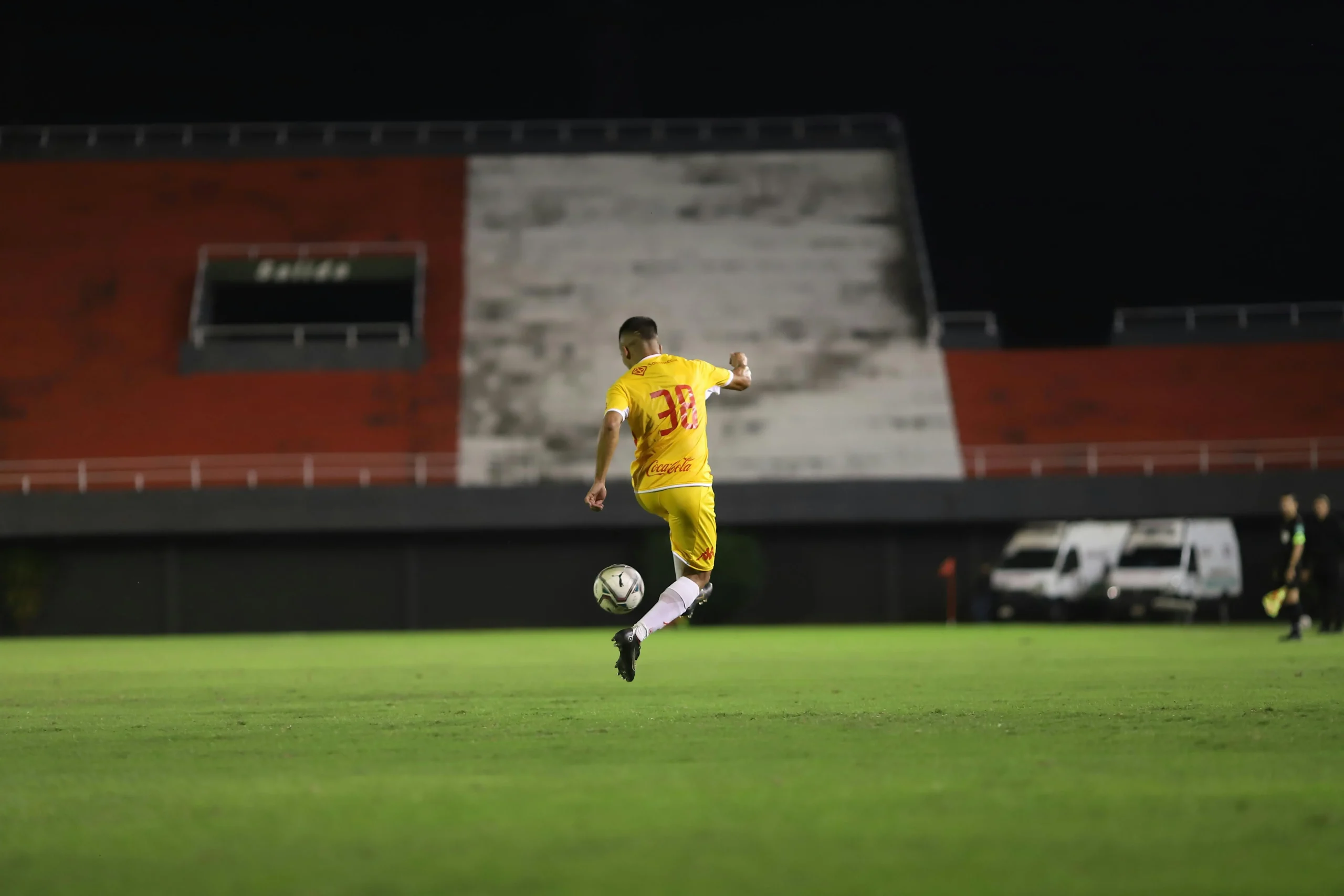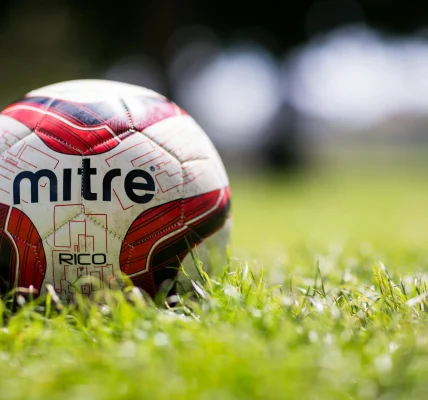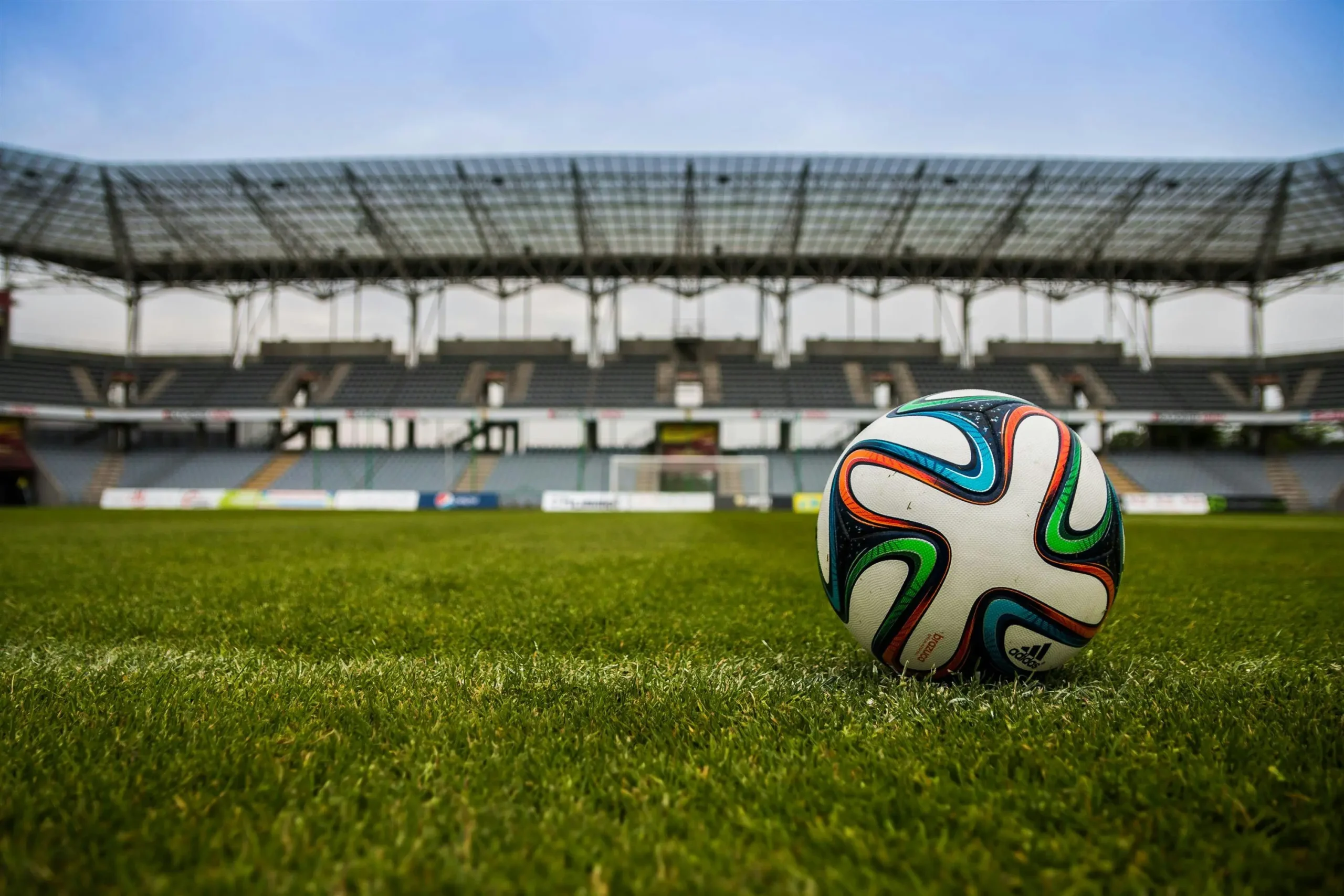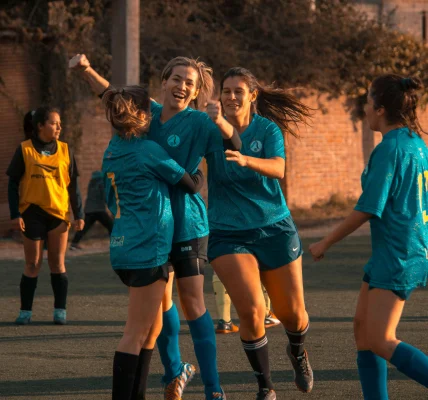Football is a sport with great physical demands and high-impact collisions where injuries are practically certain. But because to developments in sports science, knowledge of football injuries has been much broadened, which has led to better preventative strategies, faster healing times, and more awareness of the long-term effects on players’ health. With an eye on prevention, rehabilitation, and long-term effects for athletes, this research looks at the science beneath football injuries.
Common types of Injuries
Football injuries ranging from small strains to deadly illnesses endangering careers. Among the most usually occurring injuries are usually resulting from either overstretching or unexpected force when running or kicking, muscular strains and tears usually affect the hamstrings, quadriceps, and calf muscles.
Ligamentous injuries: The anterior cruciate ligament (ACL) is most notably prone in the knee. Usually requiring both long-term therapy and surgery, ACL injuries come from unexpected direction changes or uncomfortable landings.
An ankle sprain is injury to the supporting ligaments resulting from a twisted or too far-turned ankle. Football’s quick moves and frequent physical contact cause ankle sprains to be somewhat common during the game.
Concussions and other head injuries in football cause considerable worry. They happen when a player strikes their head, fast pressing the brain inside the skull and maybe causing major long-term and short-term cognitive damage.
The Goals of Biomechanics
One has to grasp biomechanics before one can properly grasp the mechanics of football injuries. Analyzing motions and the pressures involved helps scientists to understand how injuries happen and to create plans to lower their probability. Research on ACL injuries, for instance, shows clearly that landing with a straight knee raises the injury risk. This realization has directed the creation of training courses meant to educate sportsmen safer movement strategies.
Moreover, biomechanics helps to produce protective gear including shin guards and helmets, therefore reducing injury chances. Thanks to developments in materials science, athletes now have more pleasant and effective gear at hand to help them prevent frequent problems such concussions and fractures.
Avoiding Risk for Injury: Instruction and Conditioning
Effective injury prevention from start comes from good training and conditioning. Exercises combining strength and flexibility assist one build strong muscles and joints able to meet the physical requirements of the activity. For instance, greatly lower the chance of ACL damage by strengthening the muscles surrounding the knee—that of the quadriceps and hamstrings.
Programs for conditioning also stress coordination, balance, and proprioception—the body’s awareness of its location in space. These abilities assist one avoid quick flips, embarrassing landings, and other potentially dangerous moves.
Cold-down and warm-up
Preparing the body for intense physical effort depends critically on a proper warm-up before training or games. It improves blood flow to the muscles, flexibility, and reduces sprains and strain risk. Especially beneficial for this is dynamic stretching, which exercises muscles through their whole range of motion.
Just as vital is cool-off following a workout. It relaxes muscular tension, lowers the long-term injury risk, and enables the pulse rate to gradually slow down. Including static stretching in the cool-down program helps to preserve flexibility and avoid muscular tension, which could lead to problems down road.
Food and Drink
Basic components of injury prevention include good meals and enough of water. In a balanced diet, enough fats, carbs, and proteins supports general health and helps muscles recover. Calcium and vitamin D assist to avoid fractures and other disorders linked to bones; they also define bone strength.
Moreover, especially during vigorous exercise, water is really crucial. Muscle cramps, tiredness, poor attention caused by dehydration might all aggravate injuries risk. To keep suitable levels of hydration both before, during, and after exercise, athletes should sip sports drinks or water.
Rehabilitation: Getting back on the Field Safely Immediate Care
Fast reaction determines both the degree of harm and the speed of healing from an injury. Acute injuries include sprains and strains can be treated with the RICE technique, Rest, Ice, Compression, and Elevation. This approach avoids further damage, lessens swelling, and helps discomfort.
One of the most important phases of recovery is rehabilitation, in which one is focused on recovering strength, flexibility, and function. In rehabilitation, physical therapy is vital since activities aimed to the particular ailment and athlete’s requirement. An athlete suffering from an ACL tear, for example, will follow a planned rehabilitation program including gradually weight-bearing exercises and sport-specific motions back in.
Use of technology in rehabilitation
Football’s injury healing process has evolved with technological development. More efficient therapeutic choices are opened by accurate diagnosis and monitoring made available by ultrasounds, MRI, and CT scans. Moreover increasingly more employed to speed recuperation include cryotherapy, hydrotherapy, and electrical stimulation.
By forcing the body to very low temperatures, cryotherapy lowers inflammation and accelerates muscle repair. For athletes healing from joint problems, hydrotherapy—which consists of water-based exercises—allows low-impact movement that lessens stress on the afflicted area. Electrical stimulation increases circulation and contracts muscles, therefore facilitating speedier recuperation.
Psychiatric Motivation
Though they are often disregarded, psychological aspects of healing are just as crucial as physical therapy. An athlete’s mental health suffers from injuries; they can cause frustration, worry, and sadness. Among other psychological support strategies, counseling and mental skills development enable athletes to have a good attitude and regulate the emotional obstacles of rehabilitation.
Working with wounded athletes, sports psychologists offer suitable goals, mental techniques for conquering challenges, and maintain motivation during recovery. A good comeback on the field mostly hinges on a strong mental attitude.
Post-concussion Syndrome Hazards
In football, concussions are a major concern with likely long-term consequences outside of the acute damage. Post-concussion syndrome (PCS) causes headaches, dizziness, and cognitive problems weeks or months following a first concussion. PCS can significantly influence an athlete’s quality of life, thereby influencing their capacity to engage in regular everyday activities as well as their ability to keep in their sport.
Furthermore linked to more severe long-term effects including chronic traumatic encephalopathy (CTE), a degenerative brain illness linked with cognitive loss, behavioral abnormalities, and mood issues, are regular concussions. Former football players have shown CTE, which emphasizes the need of correctly managing concussions and reducing the danger of repetitive brain damage.
Post-Retirement Medical and Career Longevity
Football injuries have long-term effects on not only post-retirement health but also career duration. Injuries can cut a player’s career and lead to early departure from intended route. Former athletes may continue have reduced mobility, injuries-related pain, and other medical problems long after they retire.
Football players that give injury prevention and rehabilitation top focus will help to lower these risks during their careers. Maintaining long-term health and quality of life requires in part post-retirement assistance including access to medical care and rehabilitation centers.
In conclusion, football injury research have progressed greatly and provide insightful analysis of long-term effects on players, preventive measures, and rehabilitation. Understanding the biomechanics of injuries, using appropriate preventative strategies, and applying cutting-edge rehabilitation procedures allows players to reduce their risk of injury and extend their careers. Still a major issue, though, are long-term effects of football injuries—particularly concussions and chronic diseases. Football will change and players’ health and well-being both on and off the field will depend on constant research and innovation.



